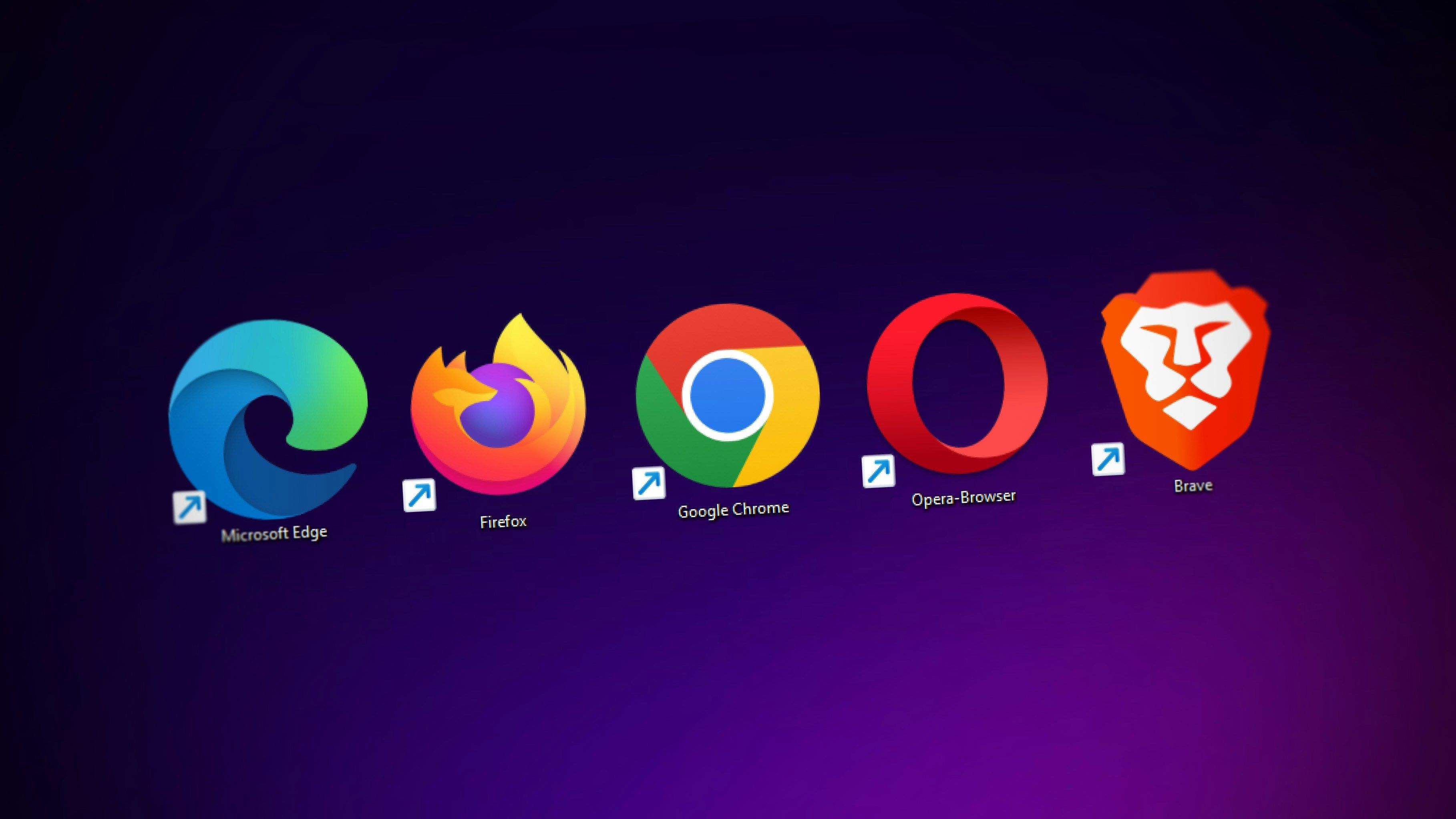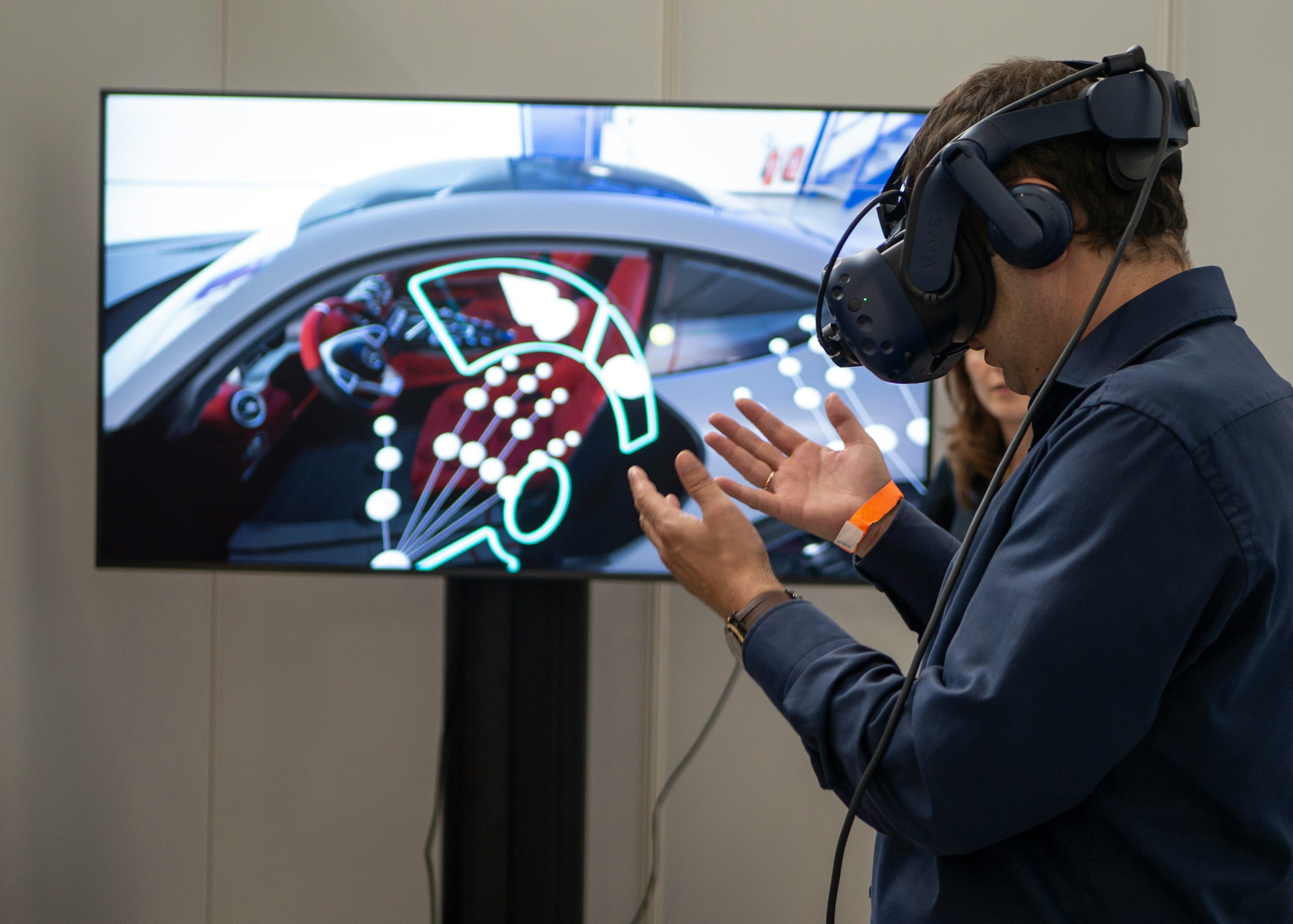WebDev’s Next Frontier: Where No-Code, Low-Code, and AI Converge
Imagine a world where a marketing manager can build a custom analytics dashboard in an afternoon, or a small business owner can launch a sophisticated e-commerce app without writing a single line of code. This world is no longer a far-fetched fantasy; it's rapidly becoming our reality. The convergence of no-code/low-code platforms and artificial intelligence is not just another trend in the tech world—it's a seismic shift that is democratizing software development and redefining what's possible for non-specialists and small teams.
While this new frontier promises unprecedented speed and accessibility, it also raises critical questions about the quality and long-term maintainability of the applications being built. This post will explore the evolution of these powerful tools, their profound impact on who can create complex applications, and the crucial considerations for ensuring that today's rapid innovations don't become tomorrow's technical debt.
The Evolution from Drag-and-Drop to AI-Orchestrated
For years, the promise of "coding for everyone" has been just around the corner. We've seen the rise of website builders and visual programming tools, but the current wave of innovation is something different. It's a powerful combination of three distinct but related movements:
No-Code: These platforms are designed for users with little to no coding experience.[1] They utilize intuitive, drag-and-drop visual interfaces and pre-built components to allow for the creation of applications.[1][2] Think of platforms like Bubble for building complex web applications or Adalo for mobile apps.[2][3] The primary goal is to empower business users and entrepreneurs to build and launch their ideas quickly.[4][5]
Low-Code: This approach is geared towards developers who want to accelerate the development process without sacrificing control.[6] Low-code platforms provide a visual development environment but also allow for the addition of custom code when necessary, offering more flexibility and customization than their no-code counterparts.[1] Platforms like OutSystems and Mendix are designed to help large organizations build complex, enterprise-grade applications.[7]
AI Code Generation: This is the latest and arguably most transformative piece of the puzzle. AI-powered tools, often called "AI coding assistants," can generate, autocomplete, and even review code based on natural language prompts.[8] GitHub Copilot, for example, is an AI pair programmer that provides real-time code suggestions and can even generate entire functions.[9][10] These tools are not just for non-coders; they are also being integrated into professional development environments to boost the productivity of experienced engineers.
When you combine the accessibility of no-code with the power of AI, you get a development ecosystem that is truly revolutionary. For instance, some platforms now use AI to translate plain English descriptions of desired features into functional code snippets.[6] This synergy is what's enabling the creation of increasingly complex applications by individuals and teams who were previously locked out of the world of software development.
Power to the People: A New Era of "Citizen Developers"
The most significant impact of these evolving tools is the empowerment of non-technical teams and small businesses.[4] This "democratization of development" is leading to a host of benefits:
Unprecedented Speed: Projects that once took months of development can now be prototyped and launched in a matter of days or weeks.[6] This agility is a game-changer for startups looking to get a minimum viable product (MVP) to market quickly and for larger companies needing to adapt to changing market demands.[5][11]
Dramatic Cost Reduction: By reducing the reliance on large, specialized development teams, no-code and low-code solutions can significantly lower the cost of building and maintaining applications.[6][12][13] This opens the door for small businesses and startups to compete on a more level playing field with larger enterprises.[5]
Innovation from the Front Lines: Non-technical employees who are closest to a business problem now have the tools to build their own solutions.[4] A sales team can create a custom CRM, or an HR department can build an automated onboarding system without having to wait for IT resources.[4]
From Spreadsheets to a Centralized Platform: A Real-World Example
Consider the case of OXXO, a retail division of Coca-Cola FEMSA. They were able to build a valuation management platform in just six weeks using a no-code approach. This new application replaced a cumbersome system of scattered spreadsheets and emails, managing over 15,000 property valuations and reducing processing time by 40%.[14] This is a prime example of how a complex business process can be streamlined and improved with a no-code solution.
The Hidden Risks: Quality and Maintainability in a No-Code World
Despite the incredible potential, the rise of no-code and AI-generated applications is not without its challenges. The ease of creation can sometimes mask underlying issues with quality, security, and long-term maintainability.
Scalability Concerns: While many no-code/low-code platforms are capable of handling significant user loads, there is a risk that an application built for a small team may not be able to scale to meet the demands of a growing user base.[5]
Security and Compliance: Without proper oversight, applications built by "citizen developers" may not adhere to a company's security and compliance standards. This can lead to the rise of "shadow IT," where unmanaged and potentially vulnerable applications are being used within an organization.[15]
Vendor Lock-In: When you build an application on a specific platform, you become dependent on that vendor. If they change their pricing, go out of business, or alter their services, it can be difficult and costly to migrate your application elsewhere.
The Specter of Technical Debt: Fast-paced development without proper planning can lead to poorly designed applications that are difficult to update and maintain.[16] Just because you're not writing code doesn't mean you can't accumulate technical debt.[16]
Addressing these challenges requires a new approach to governance and quality assurance. Organizations need to establish clear guidelines for the use of no-code/low-code tools, provide training for citizen developers, and ensure that IT teams are involved in overseeing the quality and security of all applications, regardless of how they are built.[15][17]
The Evolving Role of the Developer: From Coder to Architect
So, does this new frontier mean the end of the road for traditional developers? Far from it. While the demand for manual coding of simple applications may decrease, the role of the developer is evolving to be more strategic and impactful than ever before.[6][18]
In this new landscape, developers will be responsible for:
Architecting Complex Systems: They will design the foundational architecture of applications, including the integrations between no-code/low-code platforms and other systems.[18]
Building for the "Last Mile": Developers will create the custom components, APIs, and complex logic that are beyond the capabilities of visual development tools.
Guardians of Quality and Security: They will be responsible for ensuring that all applications, whether built with code or not, are scalable, secure, and maintainable.
Mentors and Enablers: Developers will play a crucial role in mentoring and empowering citizen developers, establishing best practices, and governing the use of no-code/low-code tools within an organization.
The future of web development is not one of "coders vs. no-coders," but rather a collaborative environment where AI and no-code/low-code platforms augment the skills of both technical and non-technical individuals.[2]
The Dawn of a New Creative Era in Web Development
The fusion of no-code/low-code and AI is not just changing how we build applications; it's changing who gets to build them. This new frontier is breaking down the barriers to entry and ushering in an era of unprecedented innovation. While the path forward is not without its challenges, the potential rewards are immense. By embracing these new tools and adapting our approach to quality and governance, we can unlock a future where anyone with a great idea has the power to bring it to life. The question is no longer "Can we build it?" but "What will we build next?"


